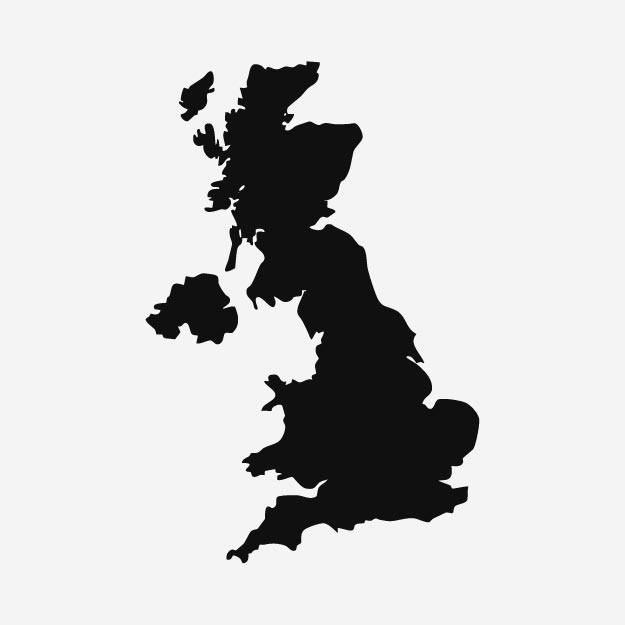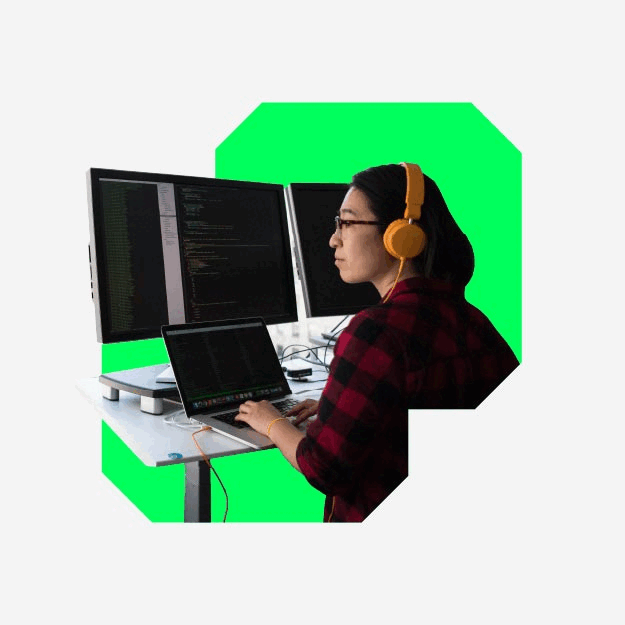The Level 3 Creative Industries Production Technician Apprenticeship (Screen Lighting Technician pathway) offers a practical and efficient solution for enhancing your organisation’s technical capabilities.
The Level 3 Creative Industries Production Technician Apprenticeship (Screen Lighting Technician pathway) offers a practical and efficient solution for enhancing your organisation’s technical capabilities.






A Level 2 Electrical qualification is preferred for this course. Applicants must be prepared for both shift work and travel.
Prior experience is not necessary, but useful and should be supported by a portfolio of evidence.
A Level 2 Electrical qualification is preferred for this course. Applicants must be prepared for both shift work and travel.
Prior experience is not necessary, but useful and should be supported by a portfolio of evidence.

The Director of Photography (DOP) is the lead cinematographer responsible for the visual style of a film or TV production. Working closely with the director, they determine lighting and camera choices for each scene, overseeing the camera and lighting crews to ensure every shot enhances the story visually.
The Gaffer leads the electrical department, working under the DOP to design and execute the lighting plan. They manage the lighting team, select and position equipment, and ensure the setups align with the DOP’s vision, balancing creativity with technical expertise.
The Best Boy is the Gaffer’s main assistant and second-in-command of the lighting department. Specifically, the Best Boy Electric organises the crew, manages equipment, coordinates power distribution, and handles scheduling and timecards.
The Rigging Gaffer leads the rigging crew in setting up pre-lighting and power infrastructure before the shooting crew arrives. They install lighting rigs, run cable, and prepare the set, enabling the shooting gaffer and crew to adjust the setup on shoot day quickly. This role is crucial for keeping productions on schedule.
The Charge Hand supervises electricians or lighting technicians under the Gaffer or Best Boy, ensuring tasks are completed efficiently and safely according to the lighting plan. They act as a liaison between management and the crew, addressing technical issues and assigning tasks.
Practical Sparks are electricians who install and manage practical lighting, such as lamps, chandeliers, and neon signs. They ensure these fixtures function properly for aesthetics and safety, often adapting them for camera needs. Their role is crucial for creating a realistic visual environment.
The Console Operator is responsible for programming and operating lighting control systems, typically digital lighting consoles. They manage dimming, colour changes, and lighting cues during productions, ensuring that complex lighting setups are executed accurately and consistently. This role is essential in productions that feature dynamic or pre-programmed lighting effects.
In production, a Data Engineer manages digital lighting control systems, ensuring communication between lighting hardware and software. They handle data backups, lighting presets, and integration with previsualization software, playing a crucial role in maintaining a smooth digital workflow on complex productions.
A Crew Member in the lighting or electrical department assists with setting up, operating, and tearing down lighting equipment. A Crew Member’s duties involve laying cable, setting up lights, operating lifts, maintaining gear, and following directions from senior crew members like the Gaffer or Best Boy. They are crucial for executing the lighting plan.
The Director of Photography (DOP) is the lead cinematographer responsible for the visual style of a film or TV production. Working closely with the director, they determine lighting and camera choices for each scene, overseeing the camera and lighting crews to ensure every shot enhances the story visually.
The Gaffer leads the electrical department, working under the DOP to design and execute the lighting plan. They manage the lighting team, select and position equipment, and ensure the setups align with the DOP’s vision, balancing creativity with technical expertise.
The Best Boy is the Gaffer’s main assistant and second-in-command of the lighting department. Specifically, the Best Boy Electric organises the crew, manages equipment, coordinates power distribution, and handles scheduling and timecards.
The Rigging Gaffer leads the rigging crew in setting up pre-lighting and power infrastructure before the shooting crew arrives. They install lighting rigs, run cable, and prepare the set, enabling the shooting gaffer and crew to adjust the setup on shoot day quickly. This role is crucial for keeping productions on schedule.
The Charge Hand supervises electricians or lighting technicians under the Gaffer or Best Boy, ensuring tasks are completed efficiently and safely according to the lighting plan. They act as a liaison between management and the crew, addressing technical issues and assigning tasks.
Practical Sparks are electricians who install and manage practical lighting, such as lamps, chandeliers, and neon signs. They ensure these fixtures function properly for aesthetics and safety, often adapting them for camera needs. Their role is crucial for creating a realistic visual environment.
The Console Operator is responsible for programming and operating lighting control systems, typically digital lighting consoles. They manage dimming, colour changes, and lighting cues during productions, ensuring that complex lighting setups are executed accurately and consistently. This role is essential in productions that feature dynamic or pre-programmed lighting effects.
In production, a Data Engineer manages digital lighting control systems, ensuring communication between lighting hardware and software. They handle data backups, lighting presets, and integration with previsualization software, playing a crucial role in maintaining a smooth digital workflow on complex productions.
A Crew Member in the lighting or electrical department assists with setting up, operating, and tearing down lighting equipment. A Crew Member’s duties involve laying cable, setting up lights, operating lifts, maintaining gear, and following directions from senior crew members like the Gaffer or Best Boy. They are crucial for executing the lighting plan.
Wondering how an apprenticeship can influence your future? If you’re considering career paths or seeking practical experience, we’re ready to assist you. Contact us today to discuss your choices and move closer to your ideal career!
Wondering how an apprenticeship can influence your future? If you’re considering career paths or seeking practical experience, we’re ready to assist you. Contact us today to discuss your choices and move closer to your ideal career!
To be eligible, applicants must be aged 16 or over, living in England and not taking part in full-time education. If they are already employed, they can start an apprenticeship in their current job to help them progress to a higher level position.
Apprenticeships range from Level 2 to Level 7. The levels and their equivalent qualifications are listed below:
Level 2 = 4 GCSEs
Level 3 = 3 A Levels
Level 4 & 5 = Foundation degree and HNC/D
Level 6 = Bachelor’s Degree
Level 7 = Master’s Degree
Access Industry currently offers apprenticeships up to Level 4, but we continually update available apprenticeships to meet learner needs and industry trends.